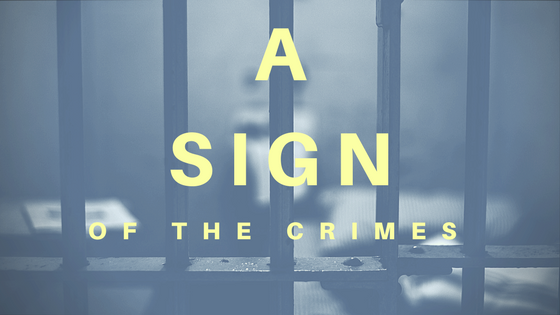Six murders. One hundred pages. Millions of possible combinations... but only one is correct. Can you solve Torquemada's murder mystery?
In 1934, the Observer's cryptic crossword compiler, Edward Powys Mathers (aka Torquemada), released a novel that was simultaneously a murder mystery and the most fiendishly difficult literary puzzle ever written.
The pages have been printed in an entirely haphazard order, but it is possible - through logic and intelligent reading - to sort the pages into the only correct order, revealing six murder victims and their respective murderers.
Only two puzzlers have ever solved the mystery of Cain's Jawbone: do you have what it takes to join their ranks?
Please note: this puzzle is extremely difficult and not for the faint-hearted.
This beautiful limited edition box from Unbound has the 100 pages on individual cards and if you’re like me, you will spend hours finding links between pages. After a couple of weeks, I’ve now managed to get everything into some kind of order — but definitely not the right one — and some light is emerging.
It’s infuriating and wonderful. I don’t want to give anything away because I’m aware that there’s a competition attached to this and we're not allowed to share our insights, but you have to think laterally, as you would with a cryptic crossword.
On which note, Alan and I often mark ourselves out as possibly the only couple under 50 in the world who like to sit in cafés doing cryptic crosswords. But, as any Unbounder who sponsored this project will know, early twentieth century cryptic such as Torquemada's were significantly more cryptic than those we have today. It is, in many ways, a whole different language. Aargh!
Cain’s Jawbone is a hard one to review, because while there is a solution, I haven’t arrived there yet and, as far as I know, no one has. I have hope, though! It just needs a lot of time and dedication.
This is proper, old-school puzzling and I’d heartily recommend it to the dedicated player of mental games.

















